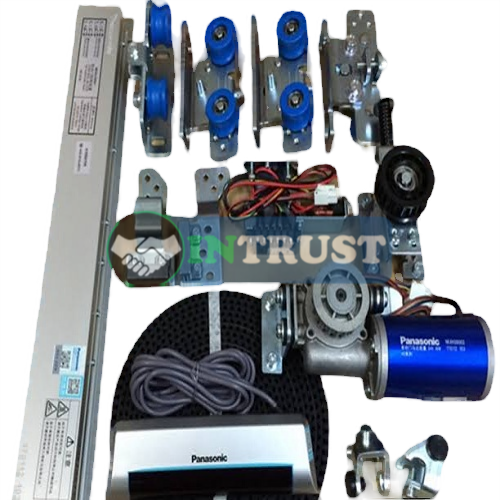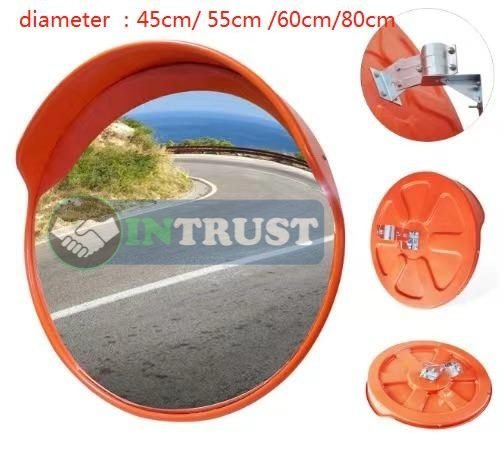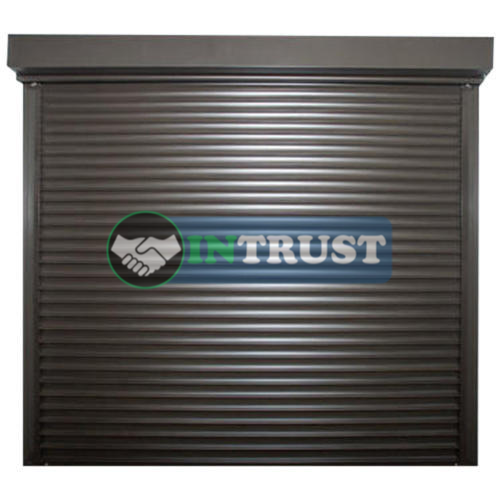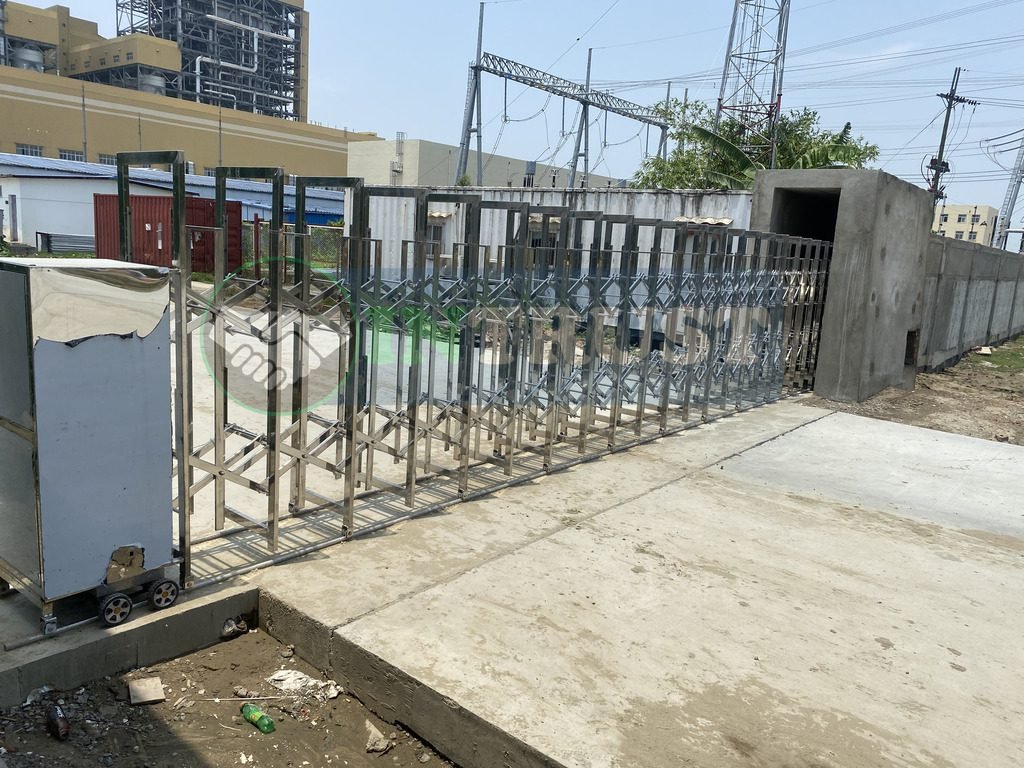
What is Automatic Sliding Door opener
An “Automatic Sliding Door Opener” refers to a device that automates the opening and closing of sliding doors. These systems are commonly used in various settings, including commercial buildings, retail establishments, hospitals, airports, and residential properties. The primary purpose of an automatic sliding door opener is to enhance convenience, accessibility, and sometimes security. Here are key features and aspects associated with automatic sliding door openers:
Motorized Operation: The automatic sliding door opener is equipped with an electric motor that powers the movement of the door panels along the track. This motorized operation eliminates the need for manual effort to open or close the door.
Sensor Technology: Many automatic sliding door openers are equipped with sensors to detect the presence of individuals approaching the door. These sensors trigger the door to open automatically, providing a hands-free and convenient entry.
Safety Features: Automatic sliding door openers often include safety features such as obstacle detection sensors. These sensors can detect if there is an obstruction in the doorway, preventing the door from closing and avoiding accidents.
Remote Control and Access Control Integration: Some models may be compatible with remote control devices, allowing authorized personnel to open or close the door remotely. Integration with access control systems, key cards, or biometric readers is also common for controlled entry.
Adjustable Speed and Settings: Users can often adjust the opening and closing speed of the automatic sliding door to suit the preferences or requirements of the environment. This customization helps optimize energy efficiency and user experience.
Durability and Design: Automatic sliding door openers are designed to be durable and withstand frequent use. The materials used in their construction, such as aluminum or stainless steel, are chosen for their strength and resistance to wear.
Manual Override: In the event of a power outage or system failure, many automatic sliding door openers have a manual override feature. This allows the door to be operated manually until the power is restored or the issue is resolved.
These openers are versatile and come in various configurations, including single-slide and bi-parting doors. The specific features and capabilities may vary depending on the manufacturer and model of the automatic sliding door opener.
Where Used Automatic Sliding Opener
Automatic sliding door openers are widely used in various settings to enhance convenience, accessibility, and sometimes security. Here are some common places where automatic sliding door openers are often used:
Retail Stores: Many retail establishments use automatic sliding doors at their entrances to provide a hands-free and welcoming entry for customers. The automatic operation allows for easy access, especially when individuals are carrying shopping bags or pushing carts.
Shopping Malls: Entrance doors to shopping malls often feature automatic sliding door openers to accommodate the high volume of foot traffic efficiently.
Office Buildings: Automatic sliding doors are commonly installed in the lobbies and entrances of office buildings. They provide a modern and professional appearance while offering convenience for employees and visitors.
Airports and Transportation Hubs: Automatic sliding doors are used in airports, train stations, and bus terminals to facilitate the smooth flow of people entering and exiting these busy transportation hubs.
Hospitals and Healthcare Facilities: In healthcare settings, such as hospitals and clinics, automatic sliding doors contribute to easy accessibility for patients, visitors, and medical staff. The hands-free operation can be particularly beneficial in healthcare environments where hygiene is a priority.
Hotels: Many hotels use automatic sliding doors at their main entrances to create a welcoming and convenient experience for guests.
Residential Buildings: Automatic sliding doors are sometimes installed in upscale residential buildings or homes for their convenience and modern aesthetic.
Supermarkets and Grocery Stores: Automatic sliding doors are commonly found in the entrances of supermarkets and grocery stores to facilitate the easy entry and exit of customers with shopping carts.
Educational Institutions: Some schools, colleges, and universities use automatic sliding doors in main entrances or high-traffic areas to improve accessibility.
Commercial Centers and Business Complexes: Business parks, commercial centers, and mixed-use developments often feature automatic sliding doors in common areas and entrances.
These examples illustrate the versatility of automatic sliding door openers and their widespread use in various public and private spaces. The adoption of such systems is driven by the desire to provide a seamless and user-friendly experience for individuals entering or exiting a building or facility.
What is advantage Automatic Sliding door opener
Automatic sliding door openers offer several advantages, contributing to their widespread use in various settings. Here are some of the key advantages:
Convenience: One of the primary benefits of automatic sliding door openers is the convenience they provide. Users can enter or exit a building without the need to physically push or pull the door, making it especially helpful for individuals with disabilities, elderly people, or those carrying heavy items.
Accessibility: Automatic sliding doors enhance accessibility, allowing easy entry and exit for individuals with mobility challenges. They comply with accessibility standards and regulations, promoting inclusivity in public spaces.
Energy Efficiency: Many automatic sliding door systems are designed to minimize energy loss. They often feature sensors that can detect the presence of people, opening the doors only when necessary. This can contribute to energy savings by preventing unnecessary air conditioning or heating losses.
Hygiene and Health: In environments where hygiene is crucial, such as hospitals and healthcare facilities, automatic sliding doors offer a hands-free option, reducing the risk of the spread of germs and promoting a cleaner environment.
Security: Automatic sliding doors can be integrated with access control systems, requiring authentication for entry. This enhances security by restricting access to authorized individuals and preventing unauthorized entry.
Aesthetics: The modern and sleek design of automatic sliding doors can enhance the aesthetic appeal of a building’s entrance. They contribute to a contemporary and welcoming atmosphere, making a positive first impression.
Space Efficiency: Automatic sliding doors don’t require the space that swinging doors do when opening or closing. This can be particularly advantageous in areas with limited space, allowing for more efficient use of available square footage.
User Customization: Many automatic sliding door openers allow for customization of settings such as opening and closing speeds. This flexibility enables users to adapt the doors to specific needs or preferences.
Safety Features: Automatic sliding doors often come equipped with safety features, such as sensors that detect obstacles in the door’s path. This helps prevent accidents and injuries by stopping the door from closing if an obstruction is detected.
Regulatory Compliance: Automatic sliding doors are designed to comply with safety and accessibility regulations, ensuring that they meet the necessary standards for use in public and commercial spaces.
These advantages collectively make automatic sliding door openers a popular choice for various applications, ranging from retail and commercial buildings to healthcare facilities and transportation hubs.


